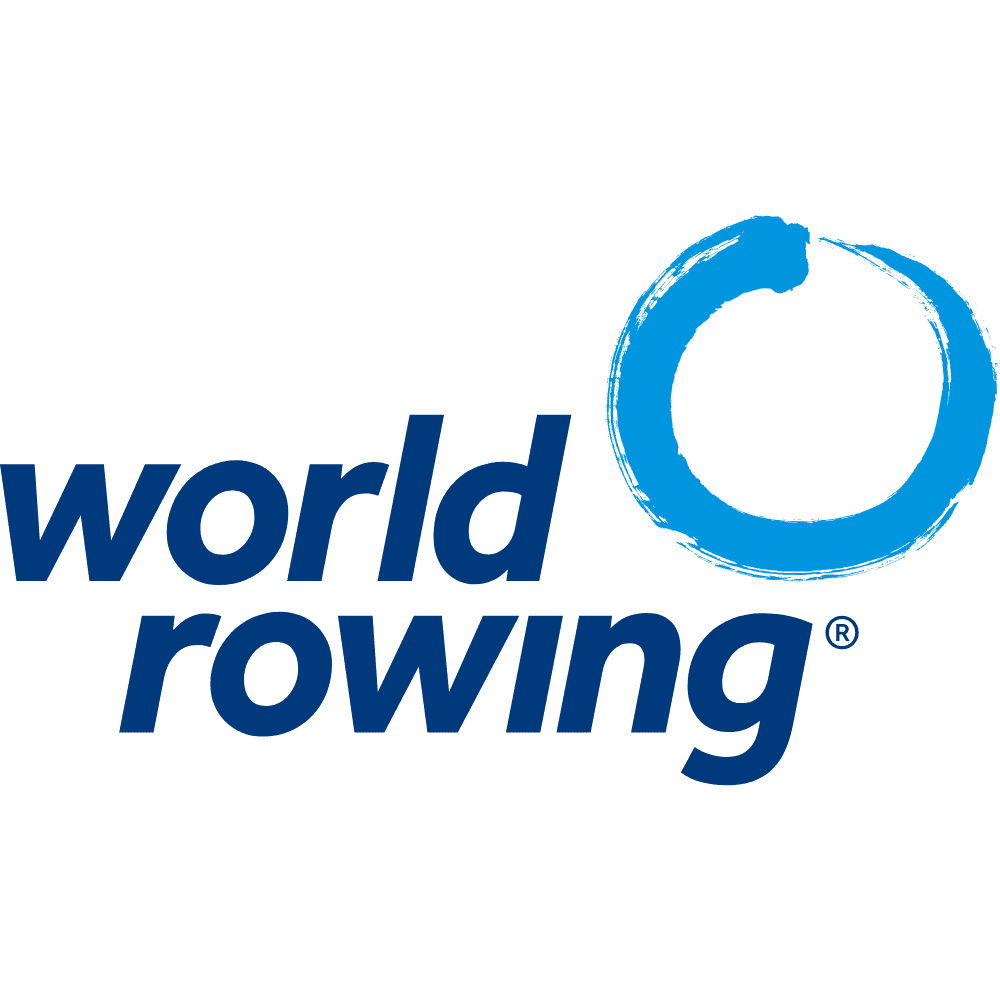
24 Nov 2021
Making the Rules for the sport of rowing
The Rules of the sport of rowing are established every four years by the delegates of the World Rowing member national rowing federations. The process of how these rules are made is one of the many roles that World Rowing is tasked with and is part of what goes on ‘behind the scenes’ at World Rowing.
There are two parts to the rules behind the sport. One part is the Statutes which define how World Rowing, as an international federation, is organised and governed. It explains how the sport is structured, how a national rowing association may become a member, the governance decision-making processes, as well as the individual commitment of each person involved in rowing to protect the integrity of the sport. It is broadly similar across all sports.
The other part is the Rules of Racing – the rules around how the sport is run. It’s like the A to Z of what is rowing. It includes the categories in the sport, eligibility, anti-doping rules, technical specifications, and everything that is required to organise a regatta. It allows for consistency from one event to the next.
Every four years there is the opportunity to propose updates and modifications to the Statutes and Rules for decisions by the member federations at the Quadrennial Congress (previously called the Extraordinary Congress), a meeting open to all Member Federations which takes place in the 12 months following the Olympic and Paralympic Games.
This process described here allows for continuous improvement and to ensure that the Statutes and Rules reflect developments in both the social and cultural context – both within and outside of rowing.
At the beginning of each Olympic cycle, two working groups start their work; the governance and the rules working groups. These working groups discuss where the focus needs to be based on issues that have come up over the previous quadrennium; anything that’s been brought to the attention of the working groups and also in consideration of World Rowing’s strategy and the wider sporting context. The working groups are made up of World Rowing Council and Commission members, staff members and rowing officials who have the relevant skills and experience.
Subject areas which were a focus in the last quadrennium reflect the wider discussions in the sports community and society in relation to, for example, gender equality, diversity and inclusion, in particular transgender inclusion, and the increased focus on coastal and indoor rowing as well as safeguarding against harassment and abuse.
The working groups go line-by-line through the Statutes and Rules making recommendations on changes or even new Statutes or Rules. These recommendations are then proposed to the World Rowing Council which then the decides which go forward to the 156 Member Federations at the congress.
This is accompanied by an extensive consultation process with the member federations all along the way where they can voice their opinions and propose alternatives. Member Federations may also submit their own proposals for Statute or Rules changes with a deadline of three months-to-go before the congress.
It is hoped, as a result of the significant preparations and exchanges with the membership during the consultation period, that by the time any changes are ready to go to the Quadrennial Congress, the proposed changes are close to having broad consensus. At this congress a two-thirds majority vote is needed for a Rule or Statute change.
The World Rowing Council is responsible for drafting the appropriate Bye-Laws for the Statutes and Rules which basically define in further detail how the Statutes or Rules are to be executed. Finally, the Council is also charged with creating all the event regulations which are found in the appendices. The Bye-Laws and the Event Regulations can be changed by the Council, when necessary, in between Quadrennial Congresses.
The Statutes can be found here.
The Rules of Racing can be found here.

